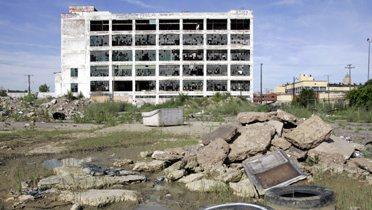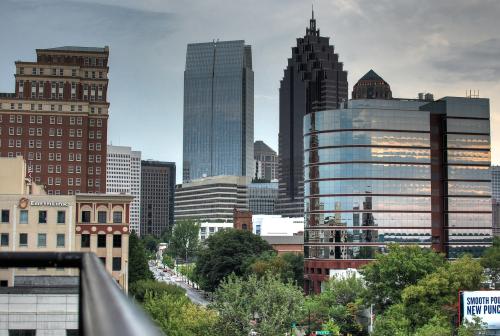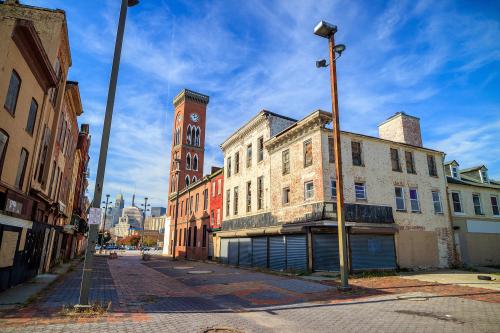As seen here on the Avenue, our colleagues have been hammering on the fact that, just as the nation’s metropolitan areas went into the Great Recession carrying their own unique economic baggage, so too, are they are emerging from it differentially equipped to participate in the economy to come.
The metros of Great Lakes, region, for example, did not enter the crisis on the housing and finance-fueled bubble that “popped” the economies of many metros in the south and west. Rather, many of these communities were hit by a one-two punch: a financial crisis that froze already struggling credit-dependent auto and manufacturing sectors and a broader housing market and economic collapse that crushed already stressed workers and families. All told, since the second quarter of 2007, the 21 largest metros in the region have lost a combined 1.3 million jobs.
The severity of these issues nudged the administration to provide special aid to the region, through the stimulus, the bailout of Chrysler and GM, and the establishment of the White House Council on Auto Communities and Workers—efforts that together helped staunch some of the bleeding. But Washington’s ability to help has largely run its course. With budget concerns significantly curbing the nation’s appetite for big federal moves, innovation will necessarily come from new (and perhaps existing) governors and their public and private sector counterparts in the region’s metros.
These leaders have a daunting job in the face of state and local budget freefalls, and will need to demonstrate both pragmatism and creativity under conditions of continuing scarcity and uncertainty. But the region, driven by its metropolitan areas, has a bevy of strengths they can exploit to gain real traction in the next economy—an economy that will, by necessity, be export-led, low carbon, and innovation-fueled, and which will provide better opportunities for larger numbers of people. Our new work takes stock of these assets, including:
- global trade networks and relationships that will enable it to expand the volume of goods and services sold overseas, creating new jobs at home and helping the nation meets its goal of doubling exports
- firms and universities that have the research horsepower and manufacturing know-how to be leaders in the invention and production of clean technologies and processes
- the industrial and institutional infrastructure that can help spur economy-building innovations, and ultimately convert them into new businesses, new products, and new jobs
- And a robust network of community colleges and public universities that can help provide the education and training residents need to move up the opportunity ladder
Seizing the opportunities afforded by the next economy is not for the faint of heart, however. Tempting though it may be to try to hunker down against the winds of dramatic economic change, leaders in the Great Lakes region must instead push it to be at the vanguard of even more disruption and change. Hard hit by globalization, the region needs to be the most globally-oriented in the country, building on its export base to create even more innovative products and services for global consumers. Creator of the high-carbon American lifestyle of the last century, the region must pivot to become the source for low-carbon technologies, and new, greener urban infrastructures and communities. And lulled into complacency by an economic structure that didn’t require, and therefore didn’t value, education, the region must become an example of how to create an economy that offers opportunity for all to gain the knowledge and skills they need to compete.
Crisis, in short, must be used to spur innovation and renewal.
To be sure, the federal government still has to take on some macroeconomic fundamentals: trade, currency, carbon pricing strategies, and investment in the nation’s infrastructure and education systems. But our report argues that state and metro leaders need to put forth their own set of smart reforms and investments, from developing cluster-based strategies to boost metropolitan exports, to developing tough, merit-based approaches to funding transportation projects, to creating land banks that would allow them to better manage land for long-term planning and economic development.
The region’s leaders may very well be up to the task. Governors and mayors of both parties, backed by shrewd business, civic, philanthropic, and labor allies, can often be more courageous and innovative than those trapped within the Beltway. As such, they can help the region create a new and improved narrative about itself, one based not on how it failed to adapt to the economy we just left behind, but on the important role it will play in the one that lies ahead.






Commentary
Mid-America’s Might
September 27, 2010